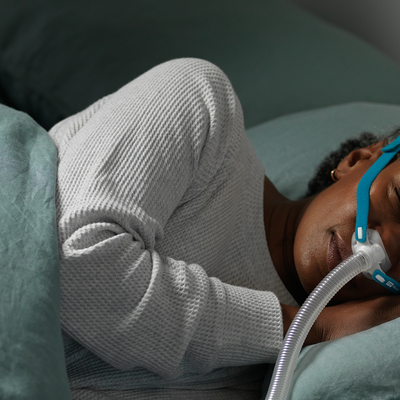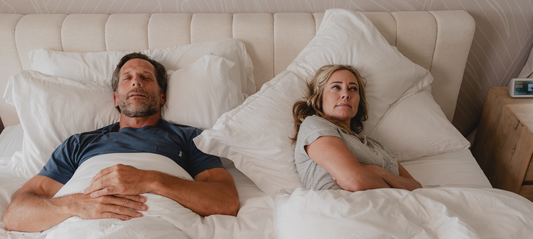Written by Scott Baylon
July 3, 2023
Embarking on the journey of CPAP therapy can feel quite similar to learning a new sport like golf. Both endeavors require patience, practice, and perseverance. In this article, we draw parallels between learning how to use a CPAP machine and mastering the art of playing golf. By embracing the similarities between these seemingly unrelated activities, we hope to inspire and encourage those starting their CPAP journey to approach it with the same determination and enjoyment that one experiences on the golf course.
1. Equipment Selection:
Just as golfers carefully choose their clubs to match their swing and playing style, selecting the right CPAP machine and mask is crucial for successful therapy. Golfers consider factors such as forgiveness, ball speed, and control, while CPAP users focus on mask fit, comfort, and features that suit their breathing patterns. Both endeavors require finding the perfect equipment that complements your unique needs.
2. Practice and Consistency:
Both CPAP therapy and golf require practice and consistency to see improvement. Golfers spend hours on the driving range perfecting their swing, while CPAP users need time to become accustomed to wearing a mask, adjusting settings, and maintaining a consistent sleep schedule. Just as a golfer's swing becomes more refined with practice, CPAP users gradually develop a routine that ensures a comfortable and effective sleep experience.
3. Adaptation and Flexibility:
Both golf and CPAP therapy demand adaptability. Golfers face various challenges on the course, such as changing weather conditions, different terrains, and unexpected obstacles. Similarly, CPAP users may encounter adjustments to their therapy, including changes in pressure settings, mask fit, or incorporating humidification. Learning to adapt and make necessary modifications ensures continued success in both endeavors.
4. Seek Professional Guidance:
In golf, seeking guidance from golf pros can significantly improve technique and performance. Similarly, consulting with sleep specialists or CPAP experts can provide invaluable insights and guidance for optimal therapy. These professionals offer support, troubleshoot issues, and provide recommendations tailored to your specific needs, helping you achieve the best results.
5. Enjoyment and Long-Term Benefits:
While learning golf or adapting to CPAP therapy can be challenging, both offer long-term benefits and rewards. Golf provides opportunities for physical activity, stress relief, and social interactions. Similarly, CPAP therapy enhances sleep quality, reduces daytime fatigue, and improves overall health and well-being. Embracing the journey and focusing on the positive outcomes can make the learning process more enjoyable and fulfilling.
Conclusion:
The process of learning how to use a CPAP machine and playing golf share surprising similarities. Both endeavors require careful equipment selection, practice, adaptability, seeking professional guidance, and a focus on long-term benefits. By recognizing these parallels, individuals embarking on their CPAP journey can approach it with the same determination, perseverance, and enjoyment that one experiences when learning and playing golf. Remember, with commitment and a positive mindset, you can master CPAP therapy and reap the rewards of better sleep and improved health, just as golfers revel in the satisfaction of a well-executed swing and a perfectly struck shot.










































